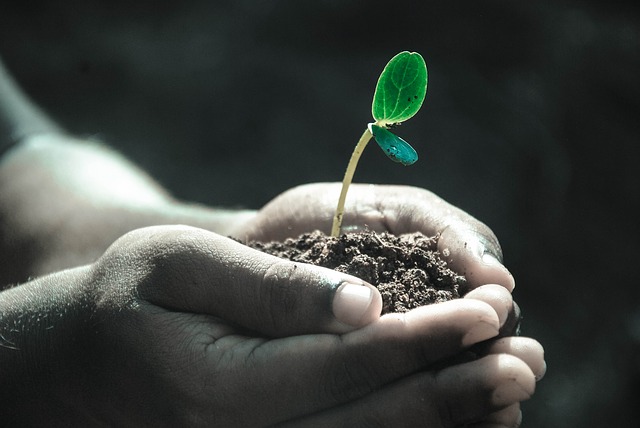August 26, 2020
By Lynda Kiernan, Global AgInvesting Media
As we face unprecedented challenges in feeding a growing global population, while also trying to mitigate the negative environmental effects of doing so, sustainability has become foremost in the minds of agricultural producers, investors, and consumers.
But how do you know that your operation is sustainable? How do you know if the measures that are being taken are having the intended benefits? These are questions that not only have implications for the environment and the fight against climate change, but also have weight for impact investors striving to track and quantify improvements stemming from sustainability initiatives.
In recent years, the good intentions of farmers and others along the food supply chain have been faced with a complex landscape of sustainability platforms that use divergent data tools, metrics, and scales to attempt to measure factors associated with a single crop, issue, or stakeholder interest. This fragmentation has led to a lack of participation in key sustainability efforts, and has created a divide with consumer expectations.
However, this is rapidly changing. Leading Harvest is a non-profit organization consisting of stakeholders across the agricultural value chain – companies that farm, own, and/or manage farmland, along with two environmental groups that together have created a new non-profit entity providing the first scalable, industry-wide universal sustainability standard that can be applied across all crops and geographies to address issues from climate change to biodiversity, and the resilience of cropland and communities.
At this week’s Global AgInvesting 2020, Kenny Fahey, executive director of Leading Harvest, together with Brian Kernohan, chief sustainability officer for Hancock Natural Resource Group, and Andre Chaves, sustainability director for Westchester, two founding parties of Leading Harvest, came together to discuss sustainable agriculture and universal quantification of standards.
In introducing Leading Harvest to the attendees, Fahey said, “Leading Harvest administers standards and certification programs to lift up agriculture at scale, improve sustainability outcomes, and create transparency for investors, for companies, and for consumers.”
“It is our belief that certification is the right vehicle to credibly communicate outcomes to the market, to create trust, and to motivate and incentivize participation across the agricultural landscape.”
As climate change intensifies, the need for, and demand for greater sustainability continues to grow. And as conditions become more complex, and the pandemic brings to light how critical it is to care for the planet and its people, Fahey went on to say that, “Leading Harvest is a response to this moment. It is a natural and necessary maturing of the agriculture sector, that if managed proactively, we believe will position the asset class to better mitigate public, regulatory, and environmental risk, and also better capture long-term value.”
In relation to Westchester, which began addressing sustainability quantification with an in-house standard, Chaves noted that for Westchester, which manages a portfolio of 2.3 million acres growing 43 different crop types, there were a number of lessons learned. One of which is that there is a need for a global, international standard, adding, “The need is clear, and it’s there. And Westchester should be leading the initiative. Who else has our resources? Our scale? Our knowledge and experience? That’s why we engage ourselves in creating Leading Harvest. But it’s very important that Leading Harvest goes independent from now on. And we will be like a stakeholder. But it must be independent, and it must grow bigger and bigger in the future.”
Kernohan noted that sustainability for HNRG began with forestry, leading to third-party certification and the tracking of products from the forest to the lumber yard etc., setting the standard for the industry.
Two decades later ESG scrutiny is coming from their clients, stakeholders, and supply chain actors in regard to agriculture.
“At Hancock we took those pressures very seriously, and really committed to transform our business and enhance our assurance of the transparency of our sustainable ag practices across our global platform.”
“Not only did we rise to the challenge, but we wanted to help the broader global ag sector do the same,” said Kernohan.
“We use Leading Harvest and the third party audit process that surrounds it as a driver of consistency and efficiency. It may look like more work, but it does drive consistency across both large and small organizations. We also use it as our premier risk management tool for our property management business, and as a response to that consumer and investor demand.”
– Lynda Kiernan is editor with GAI Media, and is managing editor and daily contributor for Global AgInvesting’s AgInvesting Weekly News and Agtech Intel News, and HighQuest Group’s Oilseed & Grain News. She is also a contributor to the GAI Gazette. She can be reached at lkiernan@globalaginvesting.com

Let GAI News inform your engagement in the agriculture sector.
GAI News provides crucial and timely news and insight to help you stay ahead of critical agricultural trends through free delivery of two weekly newsletters, Ag Investing Weekly and AgTech Intel.




